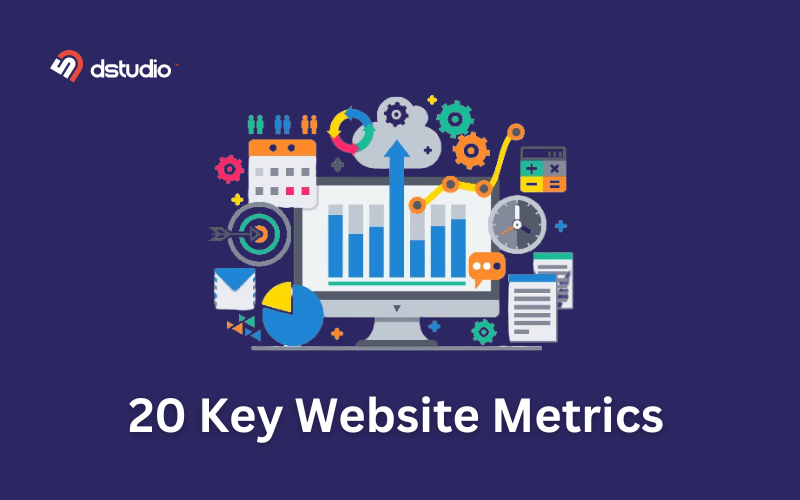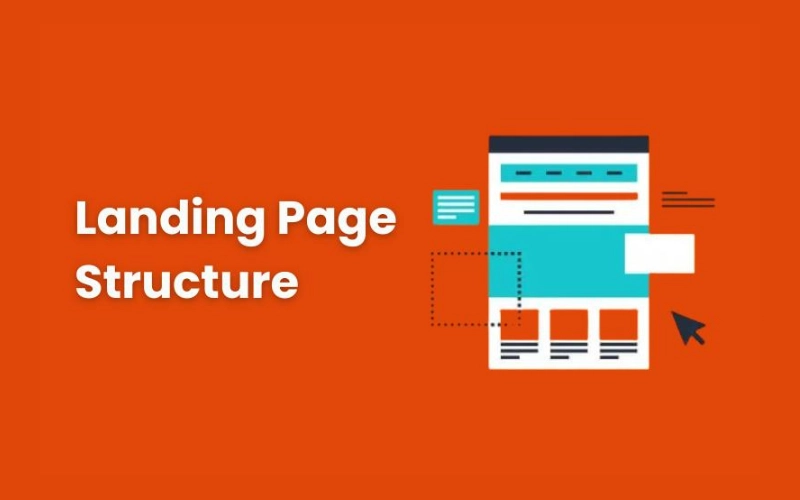Website development is like creating a digital space that represents your brand and engages your audience. It requires designing, coding, and testing to guarantee a smooth and enjoyable user experience.
Understanding the factors that contribute to the cost of website development allows you to make wise choices. When you know what goes into the price tag, you can effectively plan and manage your budget for your online presence.
In this article I will breakdown the factors that makes website development expensive.
Key Factors Affecting Website Development Costs
I will categorize these factors into four groups and provide detailed explanations for each to help you understand them better.
1. Design Complexity
Customization : Bespoke vs. Templated Designs
– Bespoke Designs: These are personalized designs made from scratch to match specific branding and requirements. They involve custom coding, extensive UI/UX design work to ensure a user-friendly experience, and a focus on visual appeal, which can all increase development costs.
– Templated Designs: These are pre-made design templates that offer a more budget-friendly solution. They come with pre-built layouts and functionalities, but customization options may be limited, resulting in a less unique website.
Visual Elements:
Adding complex visual elements like animations, dynamic effects, interactive features (such as sliders or pop-ups), and multimedia components (like videos or audio players) can make a website more engaging.
However, implementing these elements requires additional time, resources, and specialized skills, which can contribute to higher development costs.
Multiple layouts:
In the mobile-centric world, where mobile devices are dominant, it is extremely important to make sure that your website is responsive. This means that it can adjust and work well on different screen sizes and devices.
Responsive design involves creating multiple layouts tailored to different screen sizes while maintaining consistent functionality and visual appeal across all platforms. Achieving this level of versatility requires careful planning, implementation efforts, and testing phases, which can increase the overall cost of website development.
2. Functionality and Features
Content Management System (CMS):
A CMS allows website owners to update, manage, and publish content without the need for technical expertise. Utilizing popular CMS platforms like WordPress or Joomla can lower development costs due to their user-friendly interfaces and vast plugin libraries.
However, a custom CMS tailored to specific needs offers more flexibility and scalability but requires additional development time and cost.
E-commerce Functionality:
Implementing features like shopping carts, secure payment gateways, inventory management systems, and product catalogs are essential for online stores.
Building robust e-commerce functionality involves integrating complex systems that ensure smooth transactions and user experiences. This level of functionality increases development costs.
User Accounts and Logins:
Adding features like membership options, user profiles, social login choices, or subscriptions requires extra programming work, which increases the cost of developing the website.
Integrations:
Incorporation of external services like CRM systems, email marketing tools, social media platforms, or APIs enhances website functionality but adds complexity to the development process.
Ensuring seamless communication between various systems through integrations demands specialized skills, testing phases, and ongoing maintenance which can raise the overall cost of website development.
3. Development Time and Expertise
Project Scope:
A well-defined project scope is extremely important because it helps control development costs. When projects have unclear or constantly changing scopes, it often leads to delays and additional revisions, which in turn lengthens the time it takes for developers to complete the project.
By clearly communicating what is expected and what the project scope is, you can avoid misunderstandings, make the development process more efficient, and prevent costs from getting out of hand.
Developer Skillset:
The proficiency of developers in handling specific technologies, programming languages, and frameworks plays a crucial role in website development expenses.
Skilled developers who specialize in the required tools and platforms can efficiently tackle complex tasks, reduce errors, and optimize performance. Hiring experienced professionals may come at a higher cost.
Ongoing Maintenance:
Websites require continuous maintenance to remain secure, functional, and up-to-date with technology advancements. Routine tasks such as applying security patches, fixing bugs, updating software versions, or optimizing performance are essential for long-term website sustainability.
Factoring in ongoing maintenance services in the initial development cost estimation helps mitigate unexpected expenses related to website upkeep post-launch.
4. Additional Cost Consideration
Content Creation:
Creating content involves making written, visual, and multimedia materials for a website. If professionals are hired to create content, it adds value to the website but also makes development costs higher.
Search Engine Optimization (SEO) Services :
SEO involves finding the right keywords, improving website content, backlink building, technical SEO audit, and monitoring website data.
Investing in professional SEO services can help increase the number of people visiting a website naturally and make it more visible online. However, this may result in higher expenses for developing the website.
Number of Pages :
The number of pages on a website impacts development costs due to the time and effort required to create unique layouts and content for each page.
Multilingual and Multicurrency:
Adding multiple languages and currencies to your website can make the development process more complex and expensive. Here’s why:
–Creating and managing content: Each additional language requires translating all the content on your website, including text, images, and videos. This translation process takes time and resources. Additionally, any updates you make to the content in the future will also need to be translated.
–Technical implementation: Building a website that can handle different languages involves coding and configuration to ensure that the correct language is displayed based on the user’s location or preference. This requires additional technical work.
–Currency conversion and display: Your website must be able to convert prices into different currencies and display them accordingly. This involves integrating with currency exchange APIs and managing fluctuations in currency values.
Paid Resources :
There are various resources that you may need to pay for when developing a website:
-Stock Photos & Videos: If you want to make your website visually appealing, you can use professional stock photos and videos. However, keep in mind that these usually come with licensing fees that you have to pay.
-Premium Plugins & Themes: While there are free plugins and themes available that provide basic functionalities, if you want more advanced features, you may need to purchase premium versions.
-Third-Party Integrations: When integrating your website with external services like payment gateways, analytics tools, or marketing automation platforms, you may have to pay for subscriptions or transaction fees.







